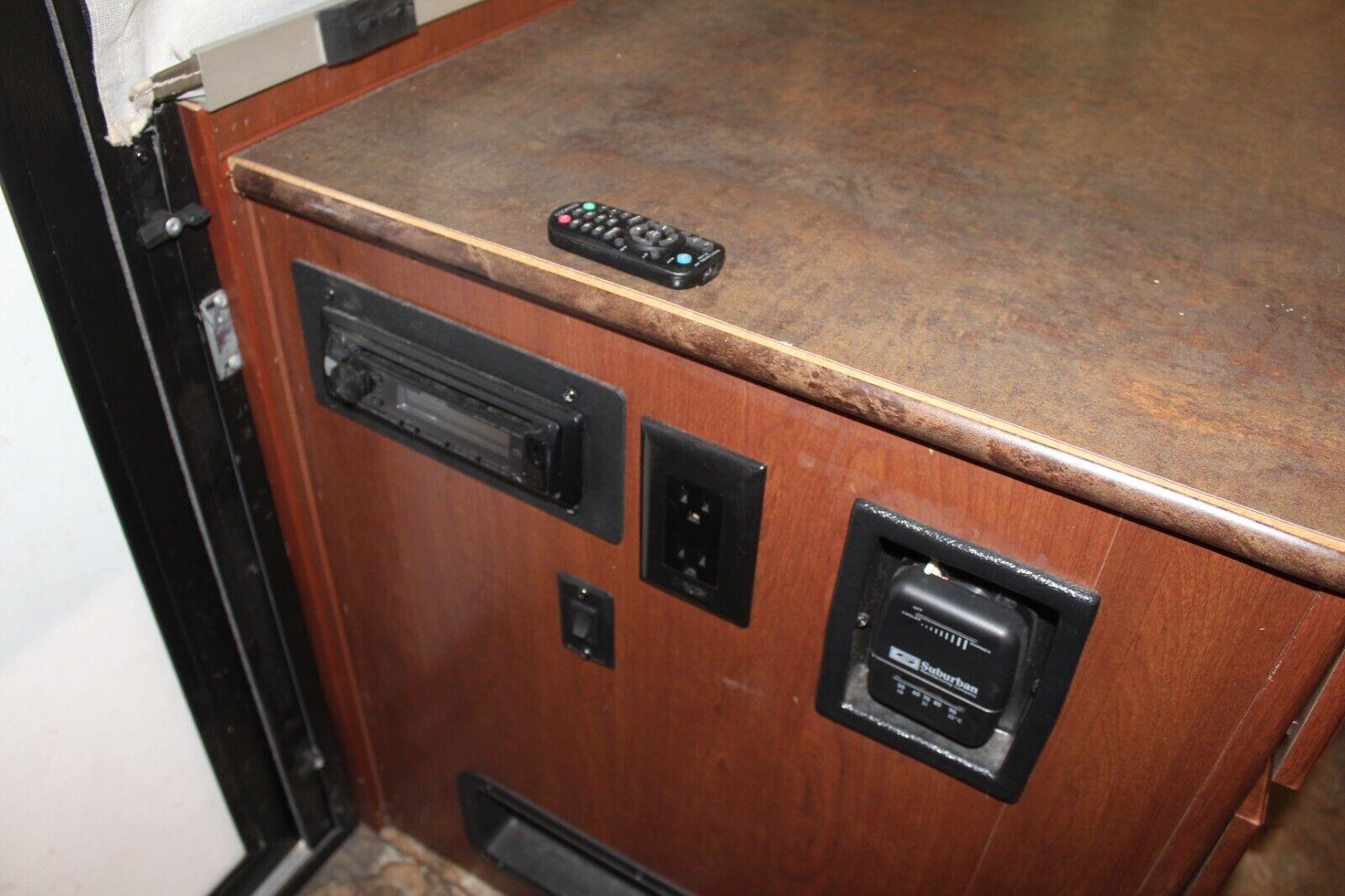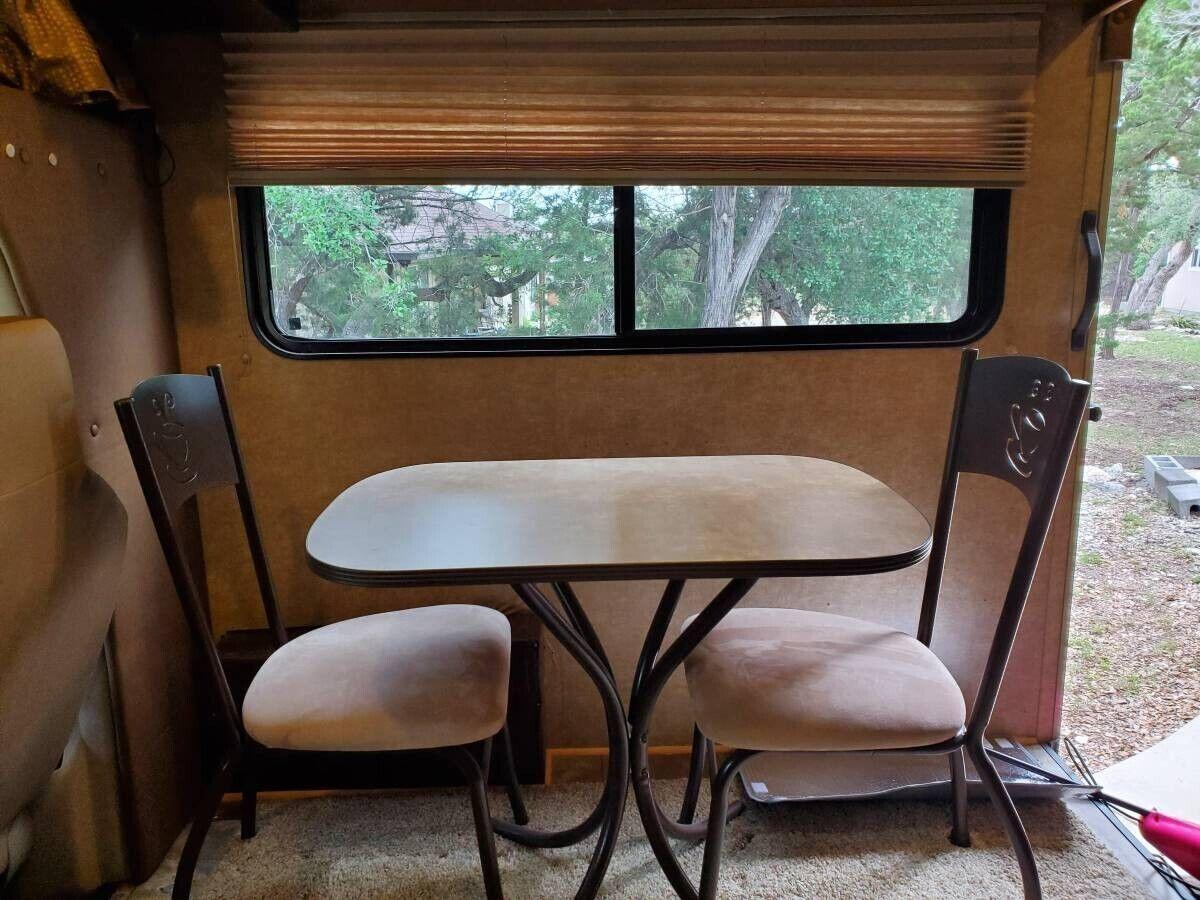Delivery time: Maximum 1 week after payment confirmation.

There are different types of haulers to ship agricultural machinery and equipment. They include:
- Flatbed Trucks: These trucks have an open trailer bed without sides or a roof, providing flexibility for loading and unloading heavy agricultural machinery. They are suitable for transporting large equipment that can be driven onto a trailer or loaded with the assistance of a crane.
- Lowboy Trailers: Lowboy trailers have a low deck height and are designed for hauling oversized and heavy equipment. They have a drop or double-drop deck, allowing taller machinery to be transported efficiently.
- Step-deck Trailers: Step-deck or drop-deck trailers have a lower deck height in the front and a higher deck in the rear. They are suitable for transporting taller machinery and equipment that may not fit on a standard flatbed trailer.
- Extendable Flatbeds: These trailers can extend their length, accommodating longer agricultural machinery and equipment. They provide versatility when transporting items that exceed standard length limitations.
- Multi-Axle Trailers: Multi-axle trailers, such as those with multiple axles and dual tires, transport extremely heavy equipment. They provide enhanced weight distribution and stability during transit.
- Heavy Haul Trucks: These trucks are specifically designed for hauling extremely heavy loads, including oversized agricultural machinery. They often have powerful engines and multiple axles to handle the weight.
These vehicles have various methods of carrying heavy agricultural machinery and equipment. Some vehicles, such as dollies and forklifts, can be used with attachments to move the equipment during transit safely. Lastly, consider insurance coverage and ensure all necessary documentation, such as customs forms, is prepared and included.



ELECTRICAL
The electrical system has been designed to provide as many days away from the power mains as possible. In good weather and with careful usage it can go for many days. Cloudy and rainy weather can shorten that some. I started with a 200 A/H Renogy Glass Matt battery, a Renogy Solar Controller to charge the battery from the 210 watt solar panel on the roof. I included a Renogy DC-DC 20Amp Charger to use the alternator in the van to charge the battery while the engine is running. That 12 VDC feeds all of the 12 volt equipment in the van through safety fuses and disconnects.
The 12 VDC system also feeds a Renogy pure sine wave 2000 Watt AC inverter and the 120 VAC is then sent to all of the 120 volt appliances in the van along with an outdoor plug (along with a shore power plug for external 120 VAC to power the van). When plugged into shore power there is a 12 VDC power supply that automatically switches on to power the 12 VDC circuits.
The main 12 VDC control panel is in the kitchen and provides breakers for all 12 volt equipment and digital dimmers for both the ceiling puck lights and the hidden LED lights in the kitchen.
PLUMBING
The plumbing system is centered on a 21 gallon fresh water tank that feeds the sink, shower and outdoor faucet by way of a water pump. All gray water goes into a 21 gallon gray water tank under the belly of the van. There is an on demand hot water heater that serves the shower and the kitchen sink. It is powered by Propane gas. The A/C unit has a drain line that exits the van through the floor. In addition to the main water system there is a 5 gallon marine toilet and a 5 gallon drinking water dispenser.
HVAC
The van can be maintained for comfort in either summer or winter. It has a Frigidaire 8,000 BTU cabinet mount A/C unit and a 20,000 BTU propane furnace with a thermostat mounted in the kitchen area. The A/C unit requires a 3kW generator OR that the van be connected to shore power. The propane is a 10 pound tank located in a safety enclosure in the rear of the van. The 10 pound tank lasts a long time in this van.
In addition, there are two Maxx Air fans in the ceiling that operate independently from each other. One can bring fresh air in while the other is sending stale air out. The main door has a BUG WALL screen door that keeps all of the flying critters out. It has a magnet closure that makes it easy to use.
ENTERTAINMENT
The van has several options for entertainment. There is an internet ready 20″ flat screen mounted over the microwave. It is connected to a DVD player and to a digital TV tuner that gets its signal from an antenna mounted in the rear of the van. There is a BOSE sound module at the front of the living space that is fed either by bluetooth or by a line that can connect to the TV.
CREATURE COMFORTS
The van has a wet bath that includes both a hot water shower and a marine toilet. Sleeping space is provided by a sofa that is appx six feet long. If sleeping space is needed for a second person the sofa back is moveable and sized to fit on the floor next to the sofa. The sofa back can tip forward for large flat storage including thermal shades for all of the windows (included). In addition the sofa seat folds up to allow access to the electrical equipment.
There is ample storage throughout the van’s living space. The kitchen features a 5′ corian countertop with a sink. There are drawers for flatware and cookware. There is overhead cabinet storage for food, supplies etc. The van has a genuine Legun table made form the scraps of hardwood that I had left over from the cabnetry in the van. It can adjust to any position, angle and height. It is also easily removable.
Lastly there is a blackout shade that can be lowered from just behind the front seats to provide total privacy and to make it easier to keep the heat and ac in the front on travel days. Both seats can rotate and recline.



















